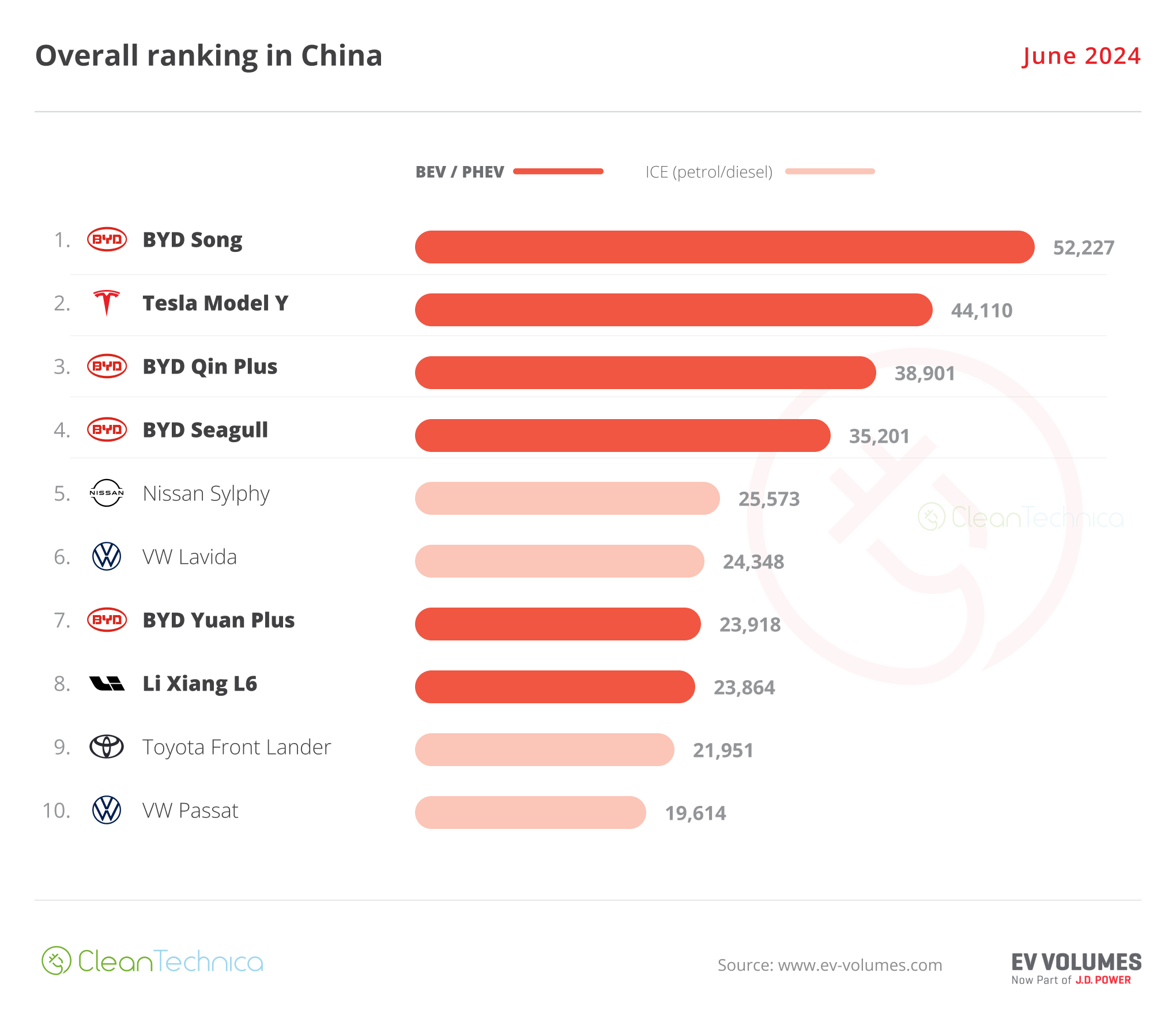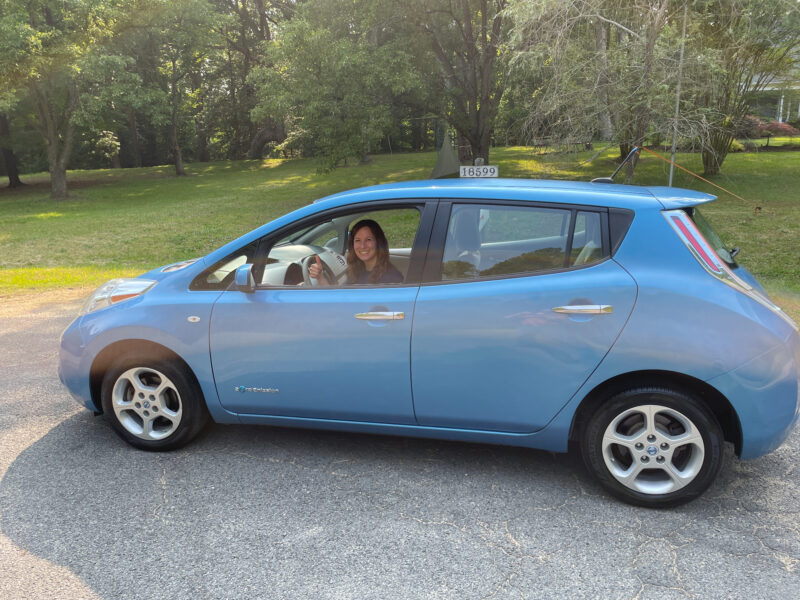Sign up for daily news updates from CleanTechnica on email. Or follow us on Google News!
The leading African firm Spiro dropped a note into the CleanTechnica mailbox the other day about its plans for expanding its two-wheeled EV battery swapping business. Swapping saves charging time for the rider, while ensuring that all batteries are safety-complaint and in good working condition. The potential for coordinating a swapping station with grid services is another plus. So, when can the US get a piece of the action…?
EV Battery Swapping Expands In Africa
CleanTechnica correspondent Remeredzai Joseph Kuhudzai took note of Spiro last September, when the company announced a new plan for supporting 1 million electric motorcycles in Kenya with a combination of EV battery charging and swapping stations.
That news followed on the heels of a new cash infusion of $63 million, enabling Spiro to expand its operations. “Spiro, a leading electric motorbike manufacturer and clean energy provider in Africa, has so far deployed over 9200 electric motorbikes across Benin, Togo, and Rwanda,” Kuhudzai reported.
“Spiro says its riders have driven 80 million kilometers of emission-free journeys and have also done 2 million battery swaps, and in the process have reduced carbon emissions by 4000 tons in its first year,” he added.
That was last fall. Spiro currently counts 600 EV battery swapping stations in its roster across Africa, with 12,000 riders — mostly concentrated in West Africa — totaling up 7 million swaps.
The company is also ramping up its technology to the next level with the introduction of 50 new automated swapping stations by the end of May in Lomé, Togo and Cotonou, Benin.
“The rollout of automated swap stations marks a significant step forward in convenience and technology, offering riders a streamlined and efficient swapping experience that reinforces Spiro’s dedication to innovation and environmental sustainability,” the company explained in a press statement.
The Advantages Of The Automated EV Battery Swapping Station
The idea of EV battery swapping for four-wheeled vehicles has been simmering on the back burner since the early days of automobiles in the late 1890s. It has yet to take off at scale, though signs of a revival have cropped up in recent months (see our complete battery swap archive here).
In contrast, the two-wheeled battery swap business has been taking off like a rocket, helped along by the relatively low start-up costs for swapping stations. A motorcycle or scooter battery can be lifted by hand, whereas larger battery packs require a robotic assist.
Two-wheeler swapping stations also have a smaller physical footprint and they can be built as open-air facilities, helping to cut costs.
With popularity comes competition, and competition breeds innovation. Spiro aims to keep one step ahead of the pack with automation.
“Automated swap stations allow for rapid battery exchanges, boosting Spiro’s service efficiency and supporting the uninterrupted operation of both commercial and private riders,” the company explains.
In an exclusive email to CleanTechnica, Spiro’s communications director Lee Breheney (who now holds the position of Head of Corporate Communications and Brand for Spiro’s parent organization, the Africa Transformation and Industrialization Fund) noted that the automated system allows the company to expand more rapidly. He also provided some additional details on the automated system.
“In simple terms, the automated swap stations will allow us to deploy more quickly across markets, giving more locations to our riders,” Breheney. “They are cabinets with 12 charging points, attached to power and connected to our network by phone signal. They allow riders to serve themselves, using our app or a keyfob, with SoC [State of Charge] monitoring deducting the correct fee from their user wallets.”
“One main advantage is the speed at which we can deploy — we have moved to more of an asset light model and we are partnering with existing companies to install swap stations in prime locations — for example our recent agreement with PetroCity in Kenya,” he added. “Instead of securing and outfitting a physical location, we can now simply install our automated swap stations in a much shorter period of time.”
Better, Safer EV Batteries With Swapping Stations
In terms of the EV battery ecosystem as a whole, swapping has a beneficial community impact. It frees riders — and their neighbors — from fire safety concerns related to charging off-market batteries.
The State of Charge energy model, which Spiro recently introduced, also levels up the service by providing riders with real-time information on battery life. “This benefits the rider, who only pays for the energy they use, and also helps to charge the batteries effectively and reduce degradation,” Spiro notes.
“The batteries are connected to the cloud around the clock make sure they meet the highest standards of performance and reliability,” adds Spiro CTO Samir Mishra.
Here in the US, a network of swapping stations would help address the fire safety issues posed by recharging off-market e-bike and scooter batteries at homes and other buildings. Cutting off the problem before it starts is also the aim of motorcycle industry stakeholders, which formed the Swappable Batteries Motorcycle Consortium in 2021 to promote standardization and swapping over individual recharging.
“Swappable battery technology will drastically shorten charging time, delete range anxiety, and reduce costs for the final users. Moreover, it will facilitate the re-use and re-purpose of batteries for a second life, according to a circular economy approach,” SBMC states.
What About Battery Swapping For Four-Wheelers?
Yes, what about it? The US is racing to build out its EV charging station network, with federal dollars focusing on Interstate highways and other busy roads. Still, four-wheeler swapping stations could help fill in gaps in the EV charging network. They could also help alleviate long lines and wait times at heavily-used charging locations.
If you have any thoughts about that, drop us a note in the comment thread. In the meantime, some leading players in the automotive industry are already betting on EV battery swapping for full sized vehicles.
Among the news to cross the CleanTechnica radar in recent months, CATL and Didi are laying EV battery swapping plans in China. NIO is another Chinese auto maker looking into swapping, in partnership with the firms Geely and Changan.
Over here in the US, Stellantis and the startup Amply are hammering away at the technology.
The EV battery swapping field has also been expanding into three-wheeled vehicles, so keep an eye out for swapping activity in the autocycle area.
As for larger vehicles, Daimler has apparently spotted the potential for an EV battery swapping service aimed at last-mile electric delivery trucks.
Follow me @tinamcasey on Bluesky, Threads, Post, and LinkedIn.
Photo (cropped): Fully automated EV battery swapping station for two-wheeled vehicles courtesy of Spiro.
Have a tip for CleanTechnica? Want to advertise? Want to suggest a guest for our CleanTech Talk podcast? Contact us here.
Latest CleanTechnica TV Video
I don’t like paywalls. You don’t like paywalls. Who likes paywalls? Here at CleanTechnica, we implemented a limited paywall for a while, but it always felt wrong — and it was always tough to decide what we should put behind there. In theory, your most exclusive and best content goes behind a paywall. But then fewer people read it!! So, we’ve decided to completely nix paywalls here at CleanTechnica. But…
Thank you!
CleanTechnica uses affiliate links. See our policy here.





